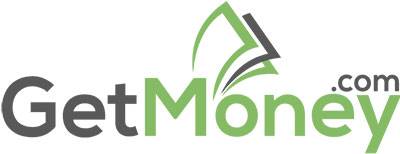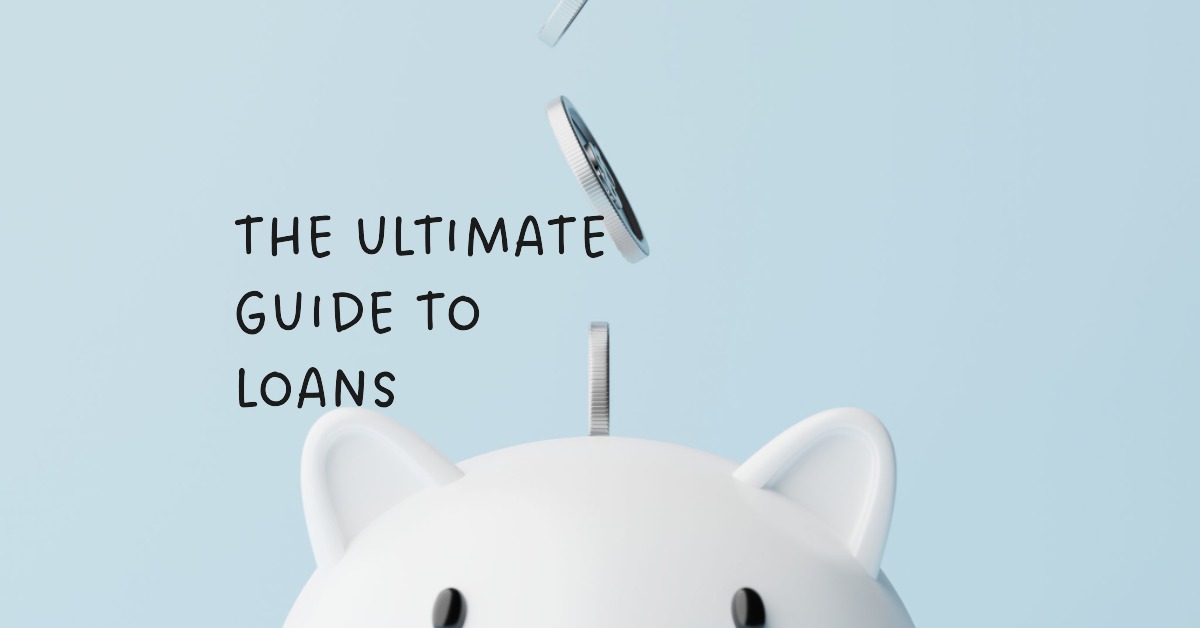Personal Loans
A personal loan is a type of loan that individuals can acquire without providing collateral. Unlike secured loans like mortgages or car loans, personal loans are approved based on the borrower’s creditworthiness. Personal loans are highly versatile, serving various purposes such as debt consolidation, financing important expenses, or managing unforeseen financial obligations.
Different types of personal loans
There are several types of personal loans available to borrowers. Here are some of the most common types:
Unsecured personal loans:
These are the most common type of personal loans and do not require collateral. Lenders rely on the borrower’s creditworthiness when determining whether to approve the loan and what interest rate to charge.
Secured personal loans:
These loans require collateral, such as a car or home, to secure the loan. If the borrower defaults on the loan, the lender can seize the collateral to recover the loan amount.
Fixed-rate personal loans:
These loans have a fixed interest rate that does not change over the life of the loan. This makes it easier for borrowers to budget and plan for their monthly payments.
Variable-rate personal loans:
These loans have an interest rate that can fluctuate over the life of the loan. The uncertainty can make it more difficult for borrowers to budget and plan for their monthly payments.
Debt consolidation loans:
These loans are designed to help borrowers consolidate high-interest debt into a single, more manageable payment. Debt consolidation loans can be either secured or unsecured.
Payday loans:
These loans are short-term loans that are typically due on the borrower’s next payday. Payday loans often come with high-interest rates and fees and can be difficult to repay.
Co-signed personal loans:
These loans require a co-signer, such as a family member or friend, to guarantee the loan. If the borrower defaults on the loan, the co-signer is responsible for repaying the loan.
Overall, the type of personal loan that is best for a borrower will depend on their individual financial situation and needs. It’s important to compare different loan options and understand the terms and conditions of each loan before making a decision.
The structure of a personal loan
Personal loans are typically structured as installment loans. This means that the borrower receives a lump sum of money upfront and agrees to repay it over a fixed period of time, usually in monthly installments. The structure of a personal loan includes several key elements:
- Loan amount: The total amount of money the borrower is borrowing from a lender.
- Interest rate: The percentage of the loan amount that the borrower will pay in interest over the life of the loan. Personal loans typically have fixed interest rates, which means that the rate will not change.
- Repayment term: The length of time over which the borrower will repay the loan. Personal loans typically have repayment terms ranging from a few months to several years.
- Monthly payment: The amount that the borrower will pay each month to repay the loan. The monthly payment is calculated based on the loan amount, interest rate, and repayment term.
- Fees: Personal loans may come with fees, such as origination fees or prepayment penalties. It’s important to review the loan terms carefully to understand any fees associated with the loan.
- Collateral: Personal loans are unsecured loans, which means that they do not require collateral. However, some lenders may require collateral for larger loan amounts or for borrowers with lower credit scores.
Pros and Cons of Personal Loans
Pros
- Consistent monthly installments make personal loans easier to manage
- Personal loans can serve various purposes, such as debt consolidation, home improvement, medical expenses, etc.
- Most personal loans come with an interest rate that is fixed for the life of the loan and can be lower than some other forms of debt, such as credit cards
- Many lenders offer unsecured personal loans, which do not require collateral
- Personal loans can help borrowers build credit by making regular, on-time payments that are reported to the credit bureaus
- Personal loans have extended loan terms that can range from a few to 48 months, giving borrowers more time to repay
- Personal loans are easy to apply for and get approved online, with fast funding times that can be as soon as the next business day
Cons
- Borrowers with poor credit might struggle to qualify or may get a higher interest rate
- If a borrower with a low credit score is approved, they may have to pay an origination fee
- Installment loans like personal loans can lower your credit score initially because they increase your credit utilization ratio
- Some personal loan lenders charge origination fees, prepayment penalties or late fees that can increase your borrowing costs
- Personal loans add an additional monthly payment and increase your debt load, which can affect your budget and cash flow
- Personal loans have higher payments than credit cards because they have a fixed repayment schedule and principal amount
- Personal loans can damage your credit score if you miss payments, default or apply for too many loans within a short period
How to Qualify for a Personal Loan
- Credit scores play a crucial role in lenders’ decision-making process when underwriting personal loan applications. A higher credit score indicates a greater likelihood of the borrower repaying the loan in its entirety and on time. Typically, lenders require a credit score ranging from 600 to 700 as a minimum threshold for personal loan approval.
- Another key factor lenders consider is the borrower’s income. A higher income demonstrates the borrower’s financial capability to repay the loan. Generally, lenders require a minimum annual income of $20,000 to $24,000 for personal loan approval.
- Lenders evaluate the borrower’s debt-to-income ratio, which compares the borrower’s debt obligations to their income. A lower debt-to-income ratio implies that the borrower has more financial means available to fulfill loan repayments.
- Lenders evaluate the borrower’s debt-to-income ratio, which compares the borrower’s debt obligations to their income. A lower debt-to-income ratio implies that the borrower has the financial means to make on-time loan payments.
The formula for calculating the debt-to-income ratio (DTI) is as follows:
DTI = (Total Monthly Debt Payments / Gross Monthly Income) x 100
To calculate your DTI, you need to determine two values:
- 1. Total Monthly Debt Payments: Add up all your monthly debt obligations, including mortgage or rent payments, credit card payments, loan payments, and all other recurring debts.
- 2. Gross Monthly Income: This is your total income before deductions and taxes.
Once you have these values, plug them in the formula. For example, if your total monthly debt payments amount to $1,500 and your gross monthly income is $5,000, the calculation would be:
DTI = ($1,500 / $5,000) x 100 = 0.3 x 100 = 30%.
In this example, your debt-to-income ratio would be 30%.
- Lenders may take into account the borrower’s employment history. A stable employment history indicates a dependable income source, enhancing the borrower’s likelihood of repaying the loan.
- The loan amount itself can impact personal loan approval. Lenders may be more inclined to approve smaller loan amounts, as they entail lower risk from the lender’s perspective.
- The purpose of the loan may be another factor taken into consideration during the approval process. Certain lenders may demonstrate a higher inclination to approve loans designated for particular purposes, such as debt consolidation or home improvements. This is because such loans are generally perceived to carry lower risk for the lender.
Tips for improving your chances of getting approved for a personal loan
If you want to improve your chances of getting approved for a personal loan, there are a few things you can do. Start by reviewing your credit report to check for any mistakes or inaccuracies that could negatively affect your score. If your score is low, you can work on it by paying off debts and disputing any errors on your report.
Where to apply for a personal loan
When considering where to apply for a personal loan, there are several options available to you. Here are a few common places you can apply for a personal loan:
- Banks: Some traditional banks and financial institutions offer personal loans to customers. You can visit your local branch or apply online through their website.
- Credit Unions: Credit unions are member-owned financial cooperatives that often provide competitive interest rates and favorable terms for personal loans.
- Online Lenders: Many online lenders specialize in personal loans. These lenders often provide a streamlined application process and quick approval decisions.
- Peer-to-Peer Lending Platforms: Peer-to-peer lending platforms connect borrowers directly with individual investors.
- Credit Card Companies: Some credit card issuers provide personal loans as an alternative to using credit cards. These loans may have different interest rates compared to regular credit card charges.
When searching for a loan, it’s important to compare interest rates, terms, fees, and eligibility criteria from various lenders to determine the best option for your needs. Take into account factors like the loan amount, repayment period, APR (Annual Percentage Rate), and any additional charges that may come with the loan before committing to it.

